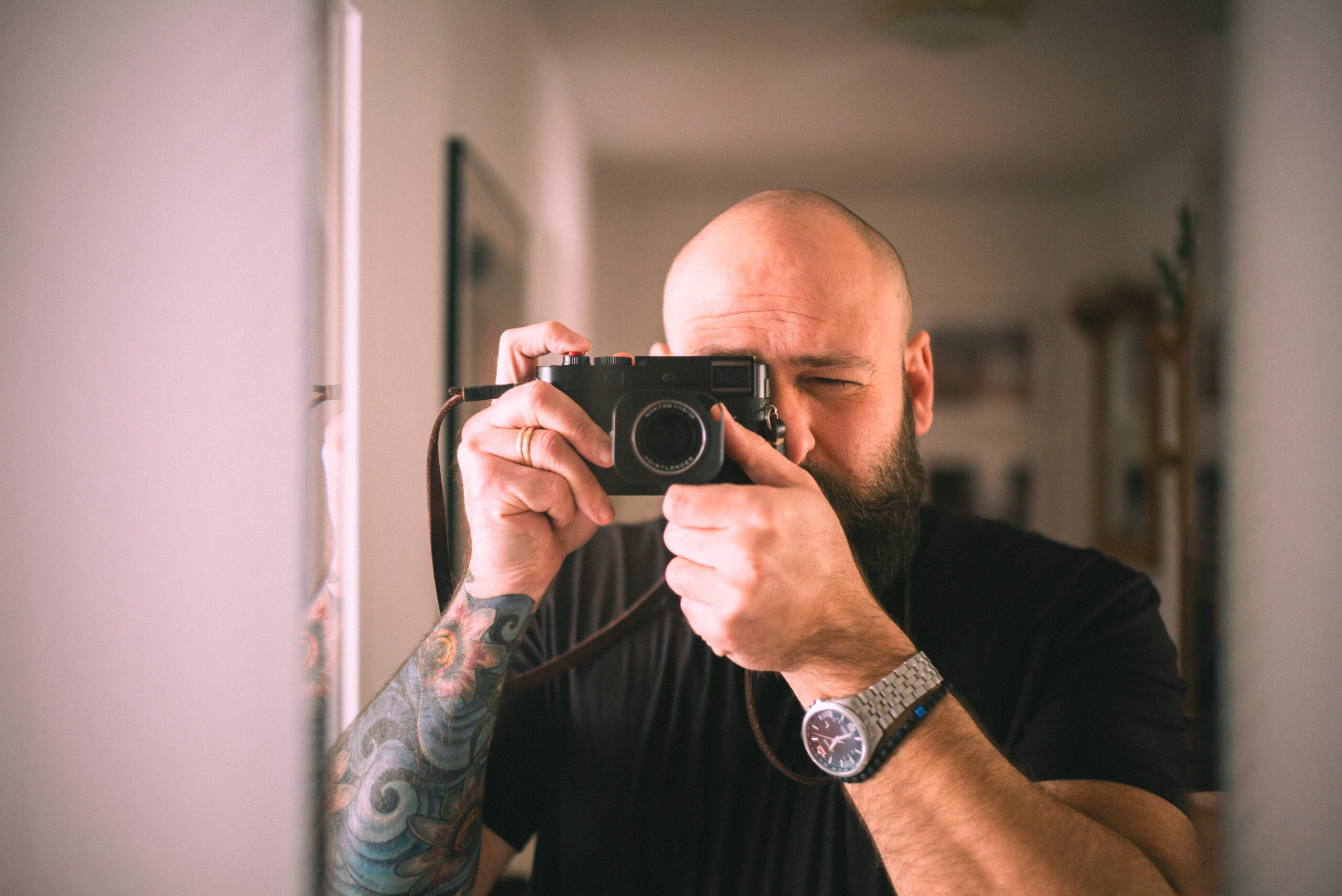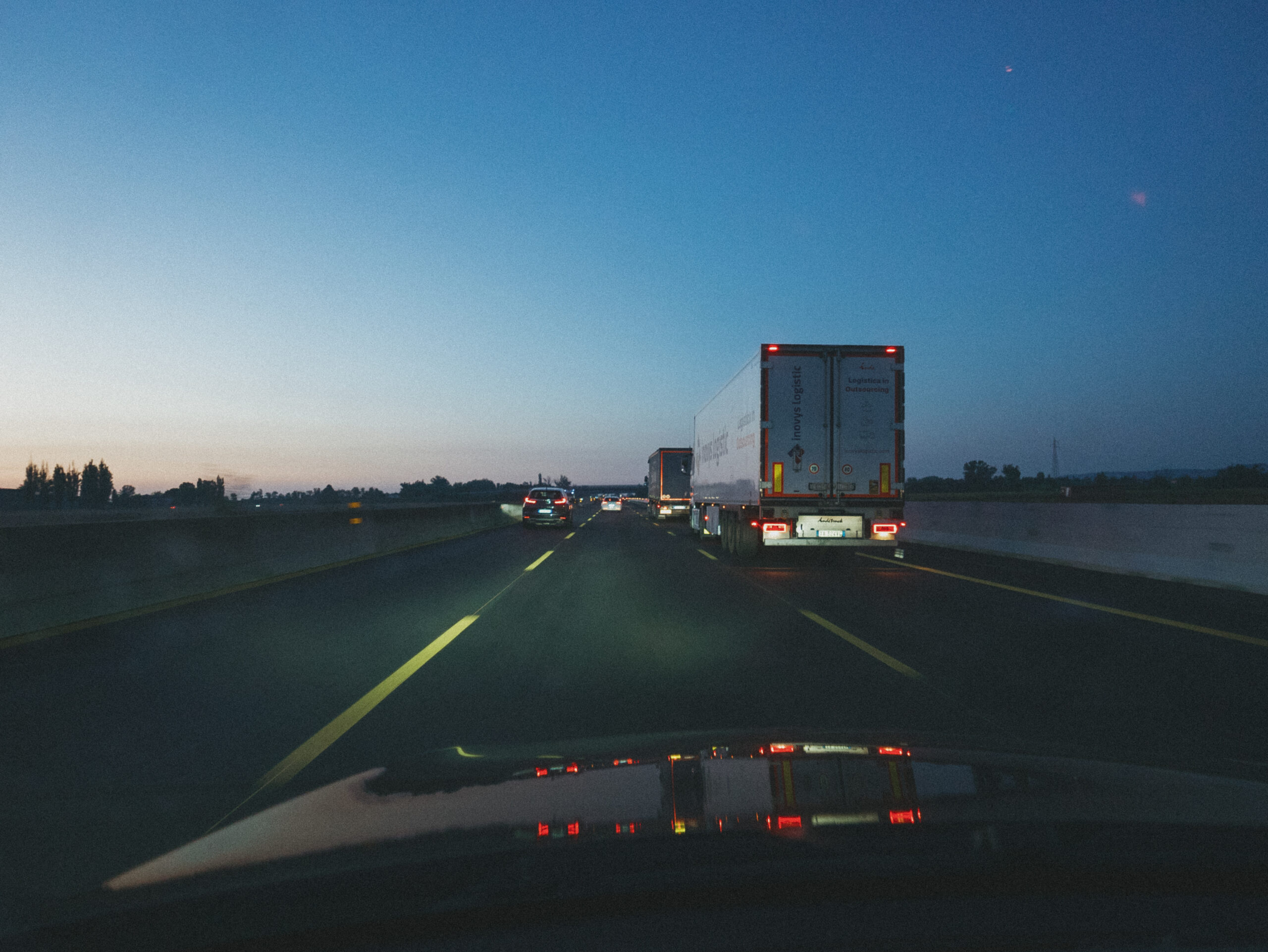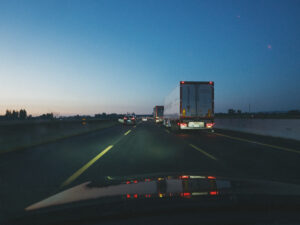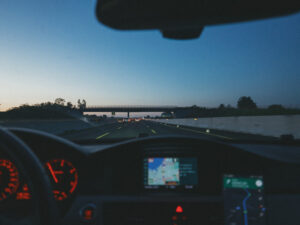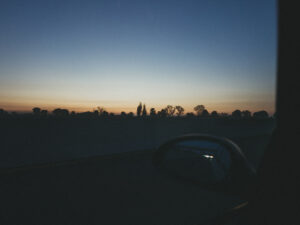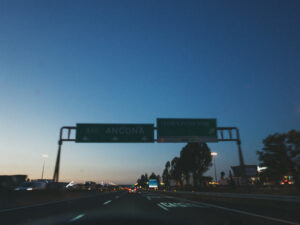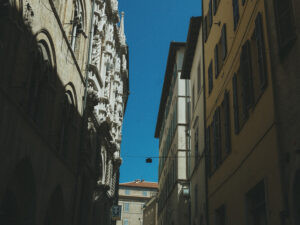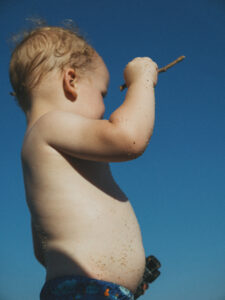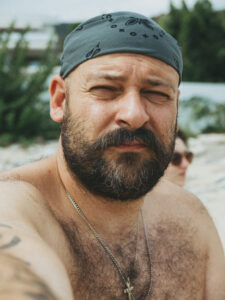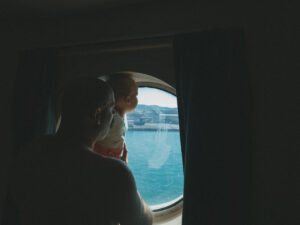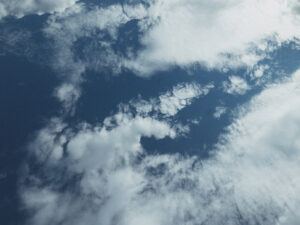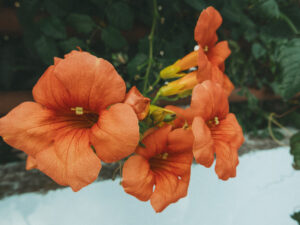As photographers, we often strive for technical perfection in our craft, always working towards creating the best possible image. Yet, it’s in the unexpected, unplanned moments when we’re free from the constraints of paid work or conscious technique that we truly grow. These moments of “free” photography give us the mental and emotional freedom to fully immerse ourselves in the art of capturing life. And for me, this realisation has been shaped by a very personal tradition.
the challenge of one camera.
For many years, I’ve set myself a unique goal for my annual trips to Greece: to treat my holiday as a small, private photography project. Each year, I travel with one specific camera, often choosing one that’s unfamiliar or even slightly „uncomfortable“ to use. The idea is to challenge myself to create meaningful images while working entirely within the constraints of that camera. This approach has led to some of my most fulfilling and enlightening experiences as a photographer.
2024, I travelled with the Fujifilm GFX 50R in May;
2023, the Leica M8 was my companion;
2022, I brought the original Fujifilm X100;
2021, the Fujifilm X-T2;
2020, the Canon 5D Mark II;
Each camera forced me to adapt, rethink, and engage more deeply with my surroundings. Unlike paid assignments, where the goal is often to take the best possible photo and move on, this process encourages a different mindset:
What if I don’t aim for the “best” shot, but instead ask myself what kind of photo I truly want to create? Does my focal length fit the story I’m trying to tell? Is my perspective too static or predictable? Should I move, include more, or less in my frame?
the shift to 35mm.
In August 2024, I travelled again to Greece, this time with my Leica M-D Typ 262 and the Voigtländer VM Nokton 50mm f/1.2 ASPH – a stunning lens with incredible rendering. For beach outings, I often brought my Leica M8 with the 35mm f/1.4 lens, which, with its crop sensor, effectively provided a focal length of 45.5mm. Having relied on 50mm lenses for years, I suddenly found myself wanting more information within the frame to better execute the storytelling I envisioned. I experimented with changing my compositions to make the 50mm work, but ultimately, I switched the 35mm f/1.4 from my M8 to my M-D.
To my surprise, while the image quality of the 35mm f/1.4 on full frame left me somewhat disappointed, the focal length itself felt entirely right. It allowed me to approach scenes with a new sense of balance and perspective. Back in Germany, the Voigtländer Nokton Classic 35mm f/1.4 II quickly found its permanent place on my M-D, and shortly after, I photographed an entire wedding with it.
breaking mental barriers.
Letting go of rigid thoughts and expectations transformed my perception of photography. Since then, I’ve embraced 35mm as my primary focal length. Today, I shoot with the extraordinary Voigtländer Nokton 35mm f/1.5 ASPH, which is easily one of the finest lenses I’ve ever owned. It has opened doors to new creative possibilities and reinforced the importance of stepping out of my comfort zone.
final thoughts.
Growth in photography doesn’t always happen when we’re pursuing perfection or working within our comfort zones. It often occurs in those quiet, unguarded moments when we allow ourselves the freedom to experiment, fail, and reflect. By limiting ourselves with constraints – be it a single camera, a fixed focal length, or an unfamiliar piece of gear – we gain a deeper understanding of our craft and a stronger connection to the stories we want to tell.
What unexpected moments have shaped your growth as a photographer? I’d love to hear your experiences in the comments.
